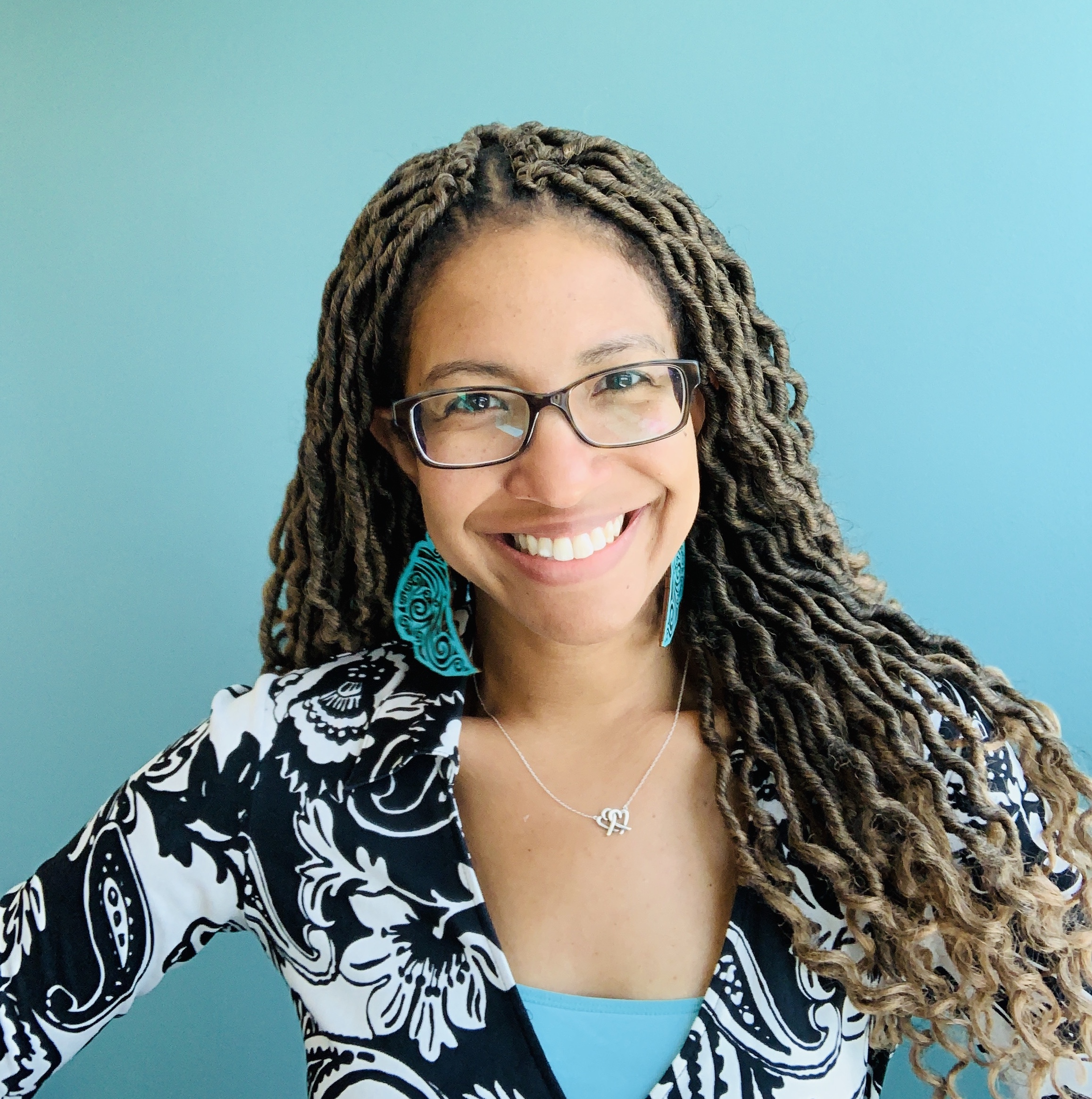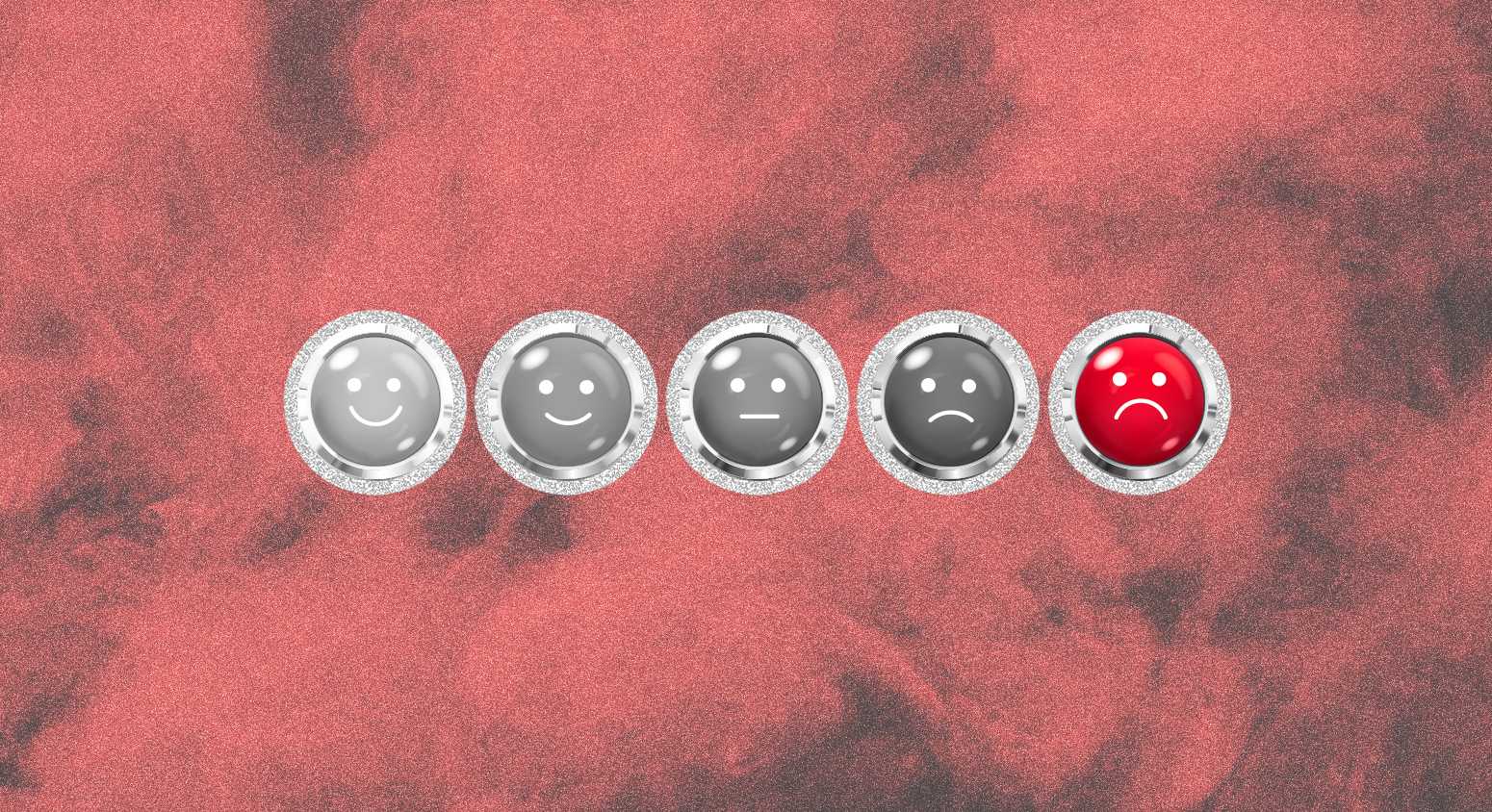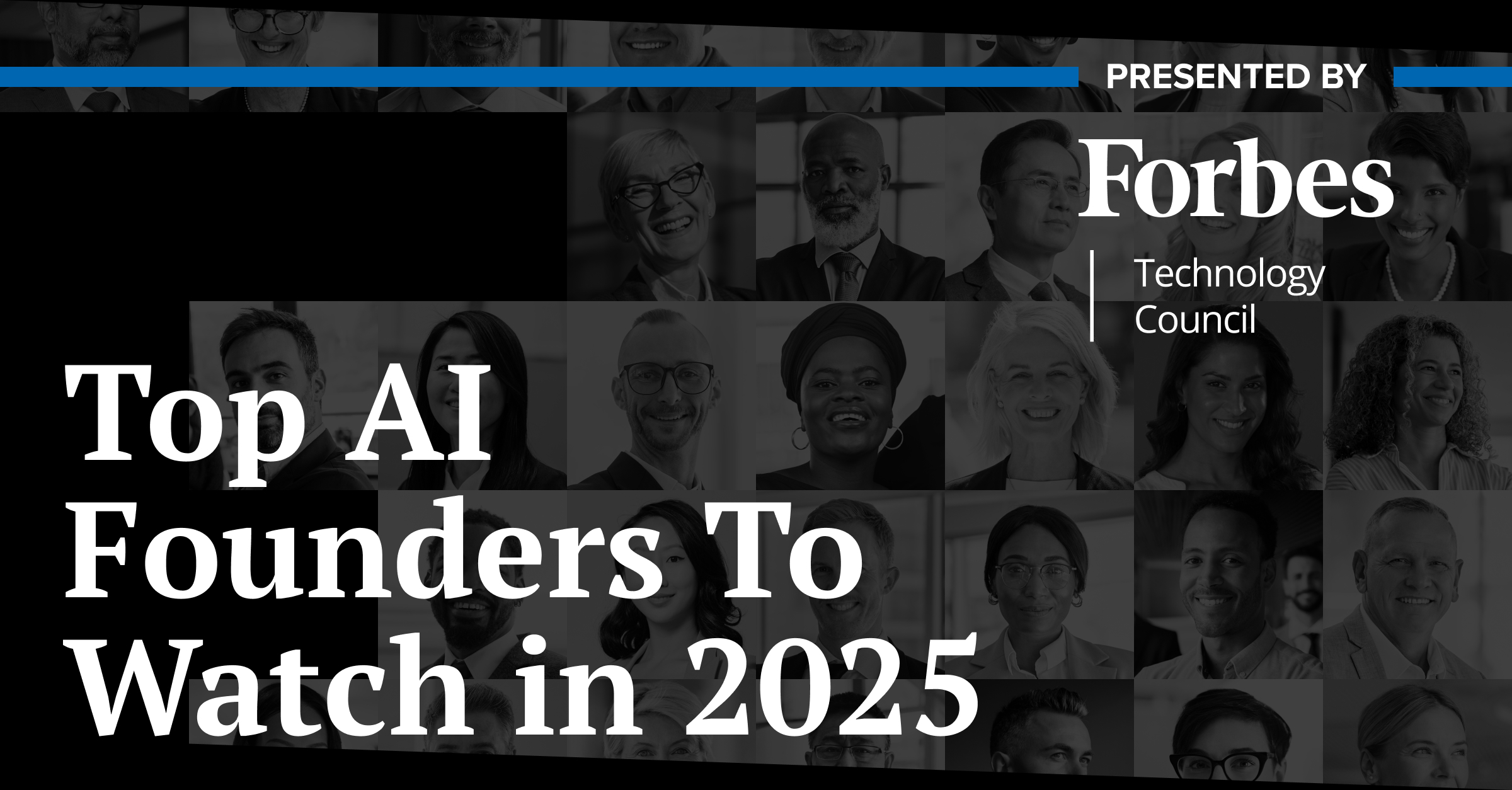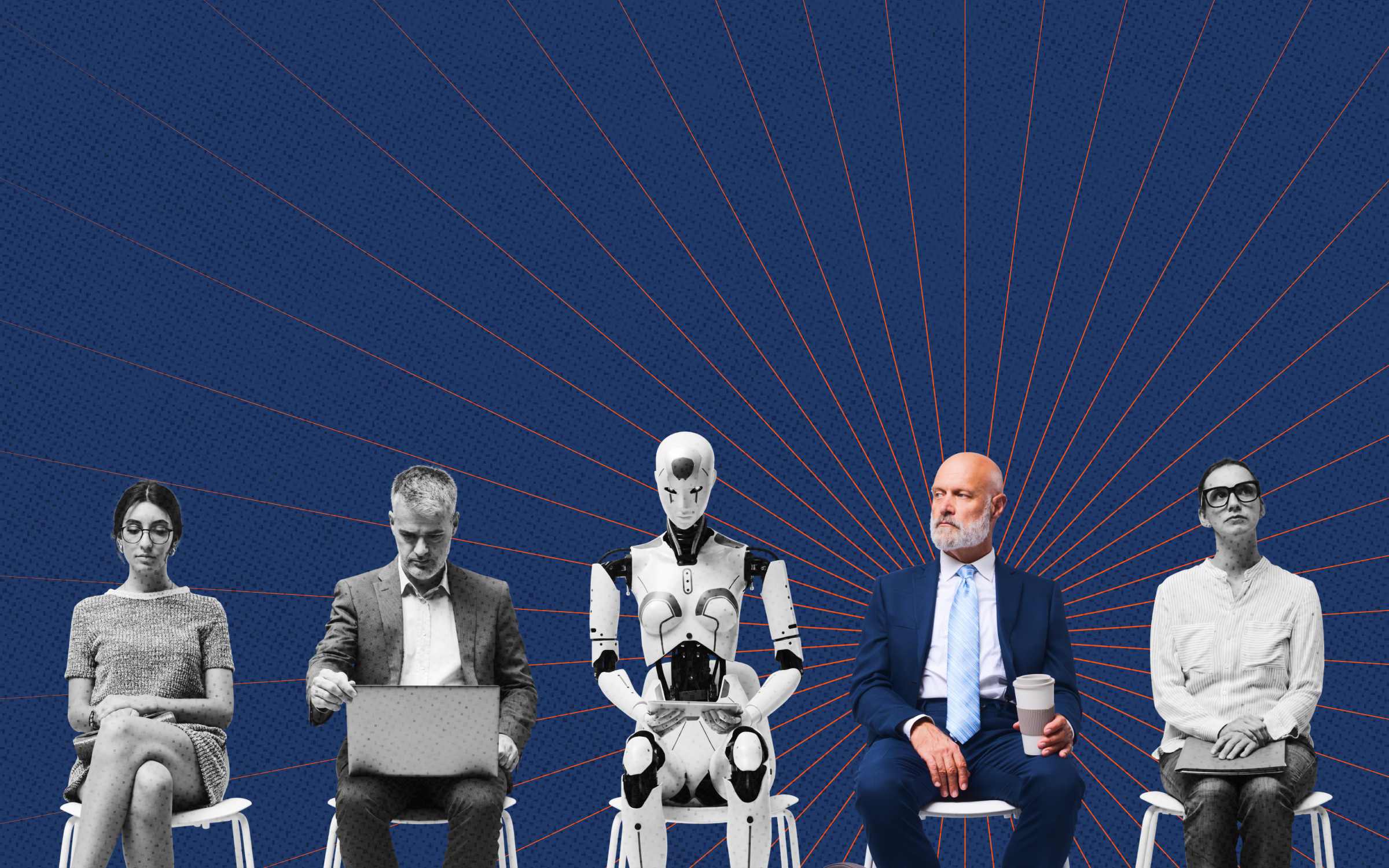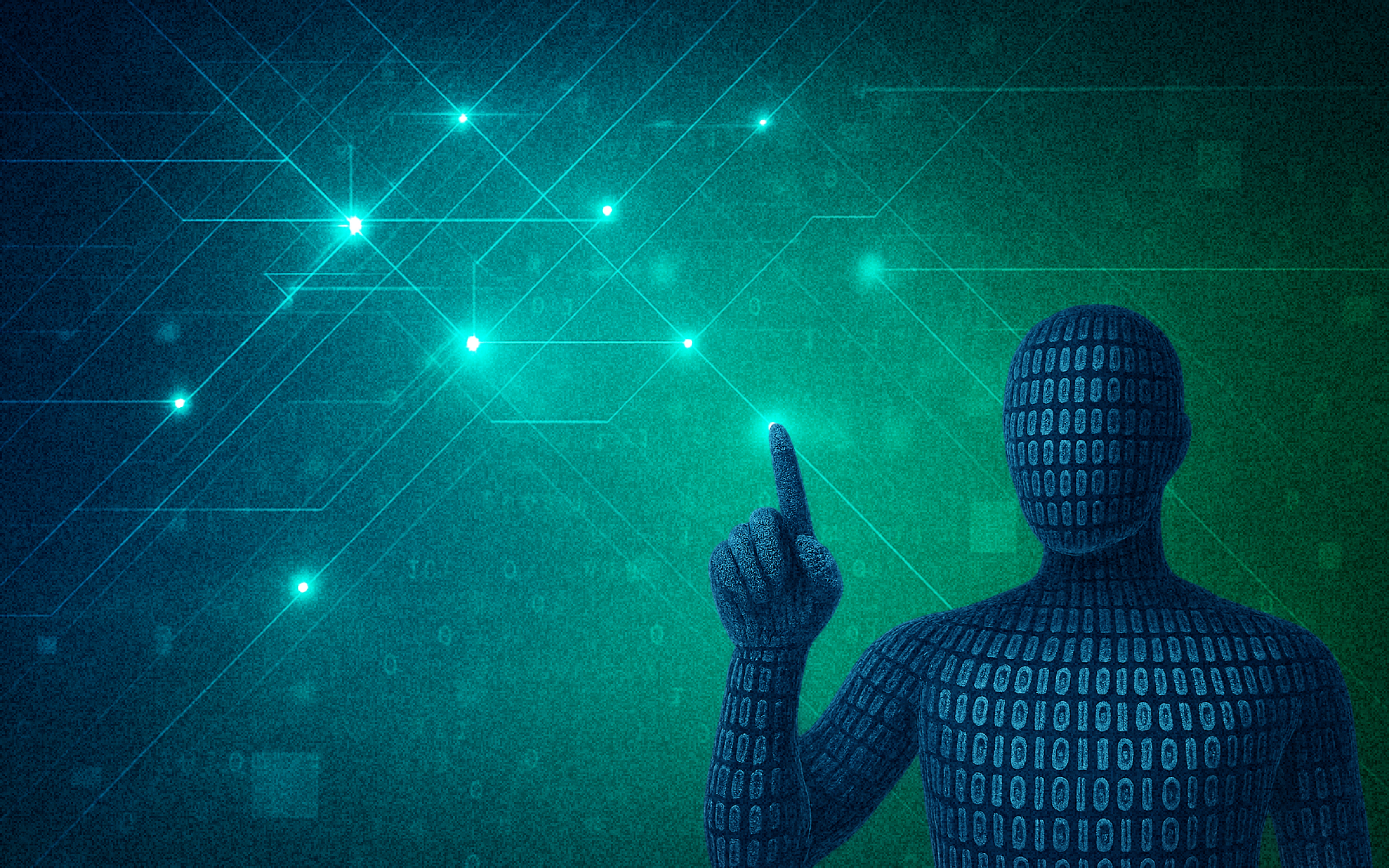Most U.S. companies are required to collect Equal Employment Opportunity Commission (EEOC) data. That being said, the required questions about each employee’s identity markers, such as disability status and gender, only scratch the surface when it comes to genuinely understanding an organization’s workforce.
Guild, a company that works with Fortune 1000 corporations to provide tuition-free education, wanted to know more about its current employees. Malaika Marable Serrano, Guild’s VP of DEIB, says she has spent the majority of her two-year tenure focused on redesigning how Guild collects employee data through the demographic questions they ask.
“Our DEIB strategy at Guild is comprised of four different stakeholder pillars: the workforce, workplace, marketplace, and community, and I think it’s really important to focus on taking care of inside the house first,” says Serrano.
With this crucial data from EEOC information to a more nuanced breakdown of employees’ many identities, Serrano and her team plan to address equity gaps across the organization. As outlined in Guild’s 2023 “Diversity, Equity, Inclusion, and Belonging Annual Report,” the organization has already launched an early- to mid-career Leadership Accelerator program to increase the number of BIPOC employees in executive roles. Next, the team plans to increase spending with underrepresented business owners and hone in on making DEI learning content more accessible for partners, members, and learners.
In a discussion with Senior Executive DEI, Serrano shares how she got Guild’s house in order and the unique ways she ensured the rest of the organization was involved and committed to DEIB. Read on for an edited excerpt of our exclusive interview.
Senior Executive Media: How have you aligned Guild’s values with your DEIB strategies?
Malaika Serrano: One of [Guild’s] values is fostering a learner mindset. To that end, launching the DEIB learning journeys is completely aligned with that particular core value that Guild holds. We partnered with a great DEI learning partner called Paradigm. We created two curriculum tracks: one is for all Guilders and the second track is for managers. In the curriculum for all Guilders, we have an unconscious bias training course. We also have a series that’s looking at active allyship. For our managers, we have courses around inclusive performance management and inclusive hiring. We have a course on accessibility. Then we also have [a course] about managing in a hybrid environment because a lot of biases can creep into that. The really cool part is that we’ve logged over 3,000 hours of learning for DEIB… There’s an expectation that folks will complete their DEIB learning journeys within their first six months of employment at Guild.
Another one of [Guild’s] values is building shared success. Our DEI data redesign project is something that we all need to lean into because we all have a stake in unearthing who’s actually here. That way we can create a more equitable company and community for everyone, and then create belonging. We pour a lot of heart and soul into nurturing, developing, and growing our ERGs. I like to think of our ERGs as a program. We’ve got systems and structures in place where leaders coming from historically underrepresented or marginalized communities have an opportunity to step into a leadership role where they are fully supported by our team and they’re able to develop or flex business acumen — leadership skills that may or may not be readily available to them in their primary roles. At the end of the program, if you will, at the end of the [ERG leadership] cycle, folks have, I hope, had the experience of developing these leadership skills and also relationships that are cross-functional and also across multiple levels of the company.
Senior Executive Media: How have you refined Guild’s data collection process?
Malaika Serrano: With your standard EEO questions, it’s questions like what is your race and your gender identity, which is typically only binary. There’s maybe a question about disability and veteran status. But apart from that, that’s it. We know that there’s so much more to us than just a couple of questions, and we wanted to get a holistic understanding of who’s actually here [at Guild]. That way we can take that data and then look at it across the employee lifecycle, at different mobility milestones, to see if we have any equity gaps. That’s our end goal. Where we are now, we have launched the questions that have been uploaded into our HRIS (human resources information system), which we use ADP, and we’ve invited Guilders across the company to opt in. One of the things that’s important about this work is that it is completely voluntary, and it’s been some work to get people to want to opt in and want to be counted. We are steadily getting towards our goal, which is to have a statistically significant sample size that we can then generalize across the company.
Now the questions that we’re asking include dimensions of diversity that are apparent and also not apparent. We’re asking questions about sexual orientation, gender identity, disability status, caregiver status. We’re also asking questions that we call mission-aligned. For example, we’ve got questions on there that ask: Were you the first person in your family to attend university? Did you receive need-based financial aid to attend university? Are you a first-generation office professional? A lot of those questions drive towards socioeconomic status, particularly where someone is growing up.
The questions that we created and the way that they are phrased, we did that in partnership with our ERGs. There was a team of us in HR or on the people team who drafted the first iteration, and then we had focus group sessions with our ERGs to workshop the questions themselves as well as the responses. We got great feedback there. In fact, I’ll never forget this one piece of feedback that we received, because I was facilitating the group that was looking at race and ethnicity questions. Someone said, ‘I don’t know what my race is; I was adopted.’ That was like [mind-explosion gesture] for all of us in the room because I have yet to receive a demographic questionnaire where they ask a question about race and there’s a checkbox that says, ‘I don’t know.’ That’s some folks’ reality, so they felt seen by having that included in the conversation.
Senior Executive Media: What has been the solution for getting employees at Guild to opt into offering their demographic information?
Malaika Serrano: We had a big splash at one of our monthly company town halls. In that conversation, we talked about the why behind why we’re doing it. We really strive to be as transparent as possible for what we’re going to be using the data for, where the data was going to be kept, and then anything that was reported out from that data would be done so as an aggregate so that no one could be individually identified. All of that was super important.
The next piece was getting our leaders excited about it and encouraging them and their respective town halls to encourage folks to opt in and get counted. We’ve got a campaign underway that’s going to culminate at our in-person summit in two weeks. We hope when [Guild employees] are there, they will see stickers from DEIB that people are going to be able to put on their name tags that say, ‘I’m counted in’ or ‘count me in,’ that kind of thing to continue to drum up awareness and visibility around it.
Two other pieces, in terms of trying to drive more adoption around this and excitement around it, our ERG leaders have been awesome in reaching out to their communities. For example, our caregivers and allies network would love to know who at Guild self-identifies as being a caregiver because that’s going to be incredibly helpful for them as they’re planning.
“We all are a constellation of identities, some are privileged, some are marginalized. As we’re navigating through different spaces, those [identities] can present themselves in different ways.”
– Malaika Marable Serrano, VP of DEIB at Guild
Senior Executive Media: What is one way you’re addressing equity gaps at Guild?
Malaika Serrano: One of the programs that we’re super excited about is our BIPOC early- to mid-career program. The reason why we launched this program is because representation of BIPOC employees is not proportional at all levels of the company, and that’s something that we want to change. To that end, we have partnered with McKinsey. They have a [Management Accelerator] program that a lot of DEI organizations and companies have leveraged in the last couple of years and it comes highly recommended from the community. The program lasts 12 weeks and is virtual… [Program participants] are fully employed at Guild, and, with permission from their manager, they’re able to devote two to three hours of work time per week to participating in the academy.
We also wanted to create a very low barrier to entry, so our application was pretty straightforward. But one of the things that we asked is that folks have approval from their manager and that when they have a conversation with their manager, they talk about their individual development plans and how participating in this specific program is going to have an impact on their professional development goals. All of these conversations are taking place, which is great, and the feedback that we’ve received so far from the managers has been really, really positive.
We launched that program in June and, so far, we’re getting really good reviews and the response from the communities has been overwhelming. For example, I can share that for our Black African American employees, we had about 20 seats available, and we had over double the amount of interest from folks who wanted to participate. That data alone indicates to managers and leaders across the company that BIPOC talent is really excited and they’re hungry for professional development opportunities. Over 90% of the managers that we’ve surveyed, who have employees who are currently going through the program, said that they’ve noticed a difference in the types of questions that their direct report is asking and they can see them beginning to develop other business acumen skills…
When we talk about inclusion and widening access, one really critical component of that is social capital. And that’s something that oftentimes is not discussed. One of the things I really like about [the McKinsey program] is that it provides lots of opportunities for networking so that folks can expand their networks and build more social capital both within the company and also from other companies… Folks in ERGs get a lot of benefit from participating in the ERG and getting career advice, whereas folks who are coming from dominant identities get career advice from their families and their friend networks.
Senior Executive Media: Can you share an example of how you drive home the significance of DEI to employees and leaders at Guild?
Malaika Serrano: Sticky notes. In my first quarterly business review (QBR), we did an exercise where we wrote our goals or OKRs (objectives and key results) and then we got stickies. We went around the room and put stickies on our teammates’ respective OKRs where we felt each of our teams would be depended upon. I looked at my sheet, and I had the fewest number of stickies, and that was a very visual indicator to me that my teammates, all wonderful, awesome people, had never worked with a head of DEI before and perhaps were not sure how their work intersected with mine.
Leaning into vulnerability and being transparent, I too had to learn the different functional areas within an HR structure, so it went both ways. But that sticky exercise will be forever imprinted in my mind, and then subsequent QBR hours… Now, we’re at the point where we feel really popular, which is a good thing.
Also, and this existed before I arrived so I take zero credit, when folks are going through onboarding at Guild on the first full day, right in the morning, [the new hires] spend an hour on DEI. That really sets the tone that this is something that is really important to the company and is part of our values. That hour has two parts. The first part is an introduction to DEI. In that space, we talk about diversity, equity, inclusion, and belonging. It’s helpful for a lot of folks. We also provide visuals like what equity looks like. We focus on equity because not everyone’s coming to this space from an equal playing field… We show the privilege wheel, we talk about identities. Privilege can be fluid. We all have identities. If I use myself as an example, I identify as a cisgender woman. African American, middle class, heterosexual. Some of those identities are ones that are apparent and some are not apparent. Some of those identities are dominant, or privileged identities, and some of them are marginalized or targeted identities. We all are a constellation of identities, some are privileged, some are marginalized. As we’re navigating through different spaces, those [identities] can present themselves in different ways.
Oftentimes, the identities that are privileged are the ones that we think about or are conscious about the least. My late father had a chronic health condition, which wasn’t apparent for many years. Before he became ill, my health was something I took for granted.
I miss him and am grateful for his love and everything that he taught me. One of those learnings was becoming aware of non-apparent and privileged identities. This is not something I take lightly and use my platform to advocate and move the field forward.
